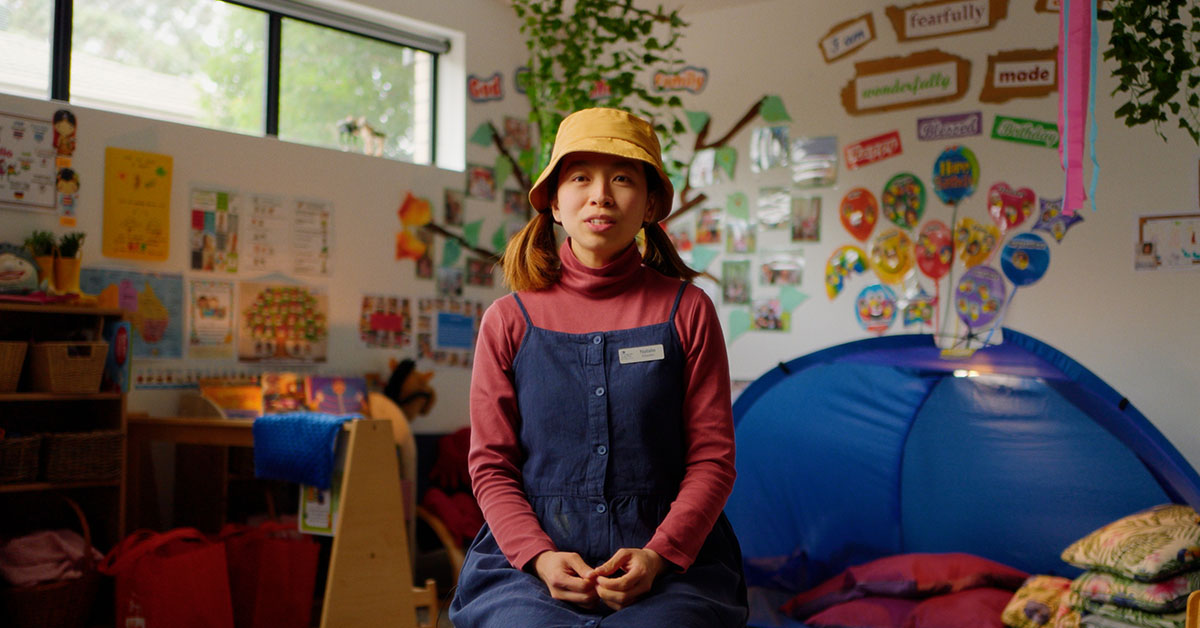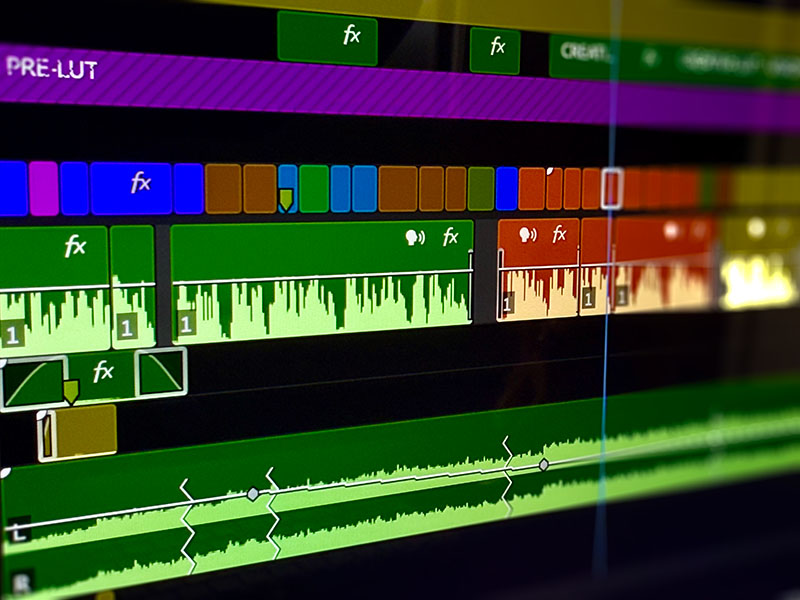
CONTACT
MENU
CLOSE

How to shoot, shape, and sharpen stories that sell without selling out.
Marketing’s got a trust problem. We’re bombarded with ads that promise the world, wrapped in pixel-perfect packaging, voiced by someone who’s never used the product they’re pushing. We know the drill. And we tune it out.
But let me tell you something that still cuts through:
A real person, saying, “This helped me. Here's what changed.”
That’s not a sales pitch. That’s proof.
At WVFRM, we make testimonial videos that don’t feel like ads. They feel like moments. Conversations. The kind of thing you watch and go, “Huh. That sounds like me.” And if you’re a brand that’s great at delivering results but not so great at showing it, this is your cheat code.
Here’s how we do it.
Let’s get this out of the way: not every happy customer makes a good testimonial.
You’re not just looking for a satisfied client, you’re looking for a story. A bit of tension. A before-and-after. Someone who went from “I wasn’t sure this would work” to “this changed everything.”
Bonus points if:
We approach these people like interview subjects, not marketing tools. We let them know we’re not after a perfect performance, we’re after their truth. That small shift sets the tone for everything that follows.
Scripted testimonials are a crime against authenticity.
At WVFRM, we don’t hand people lines. We give them prompts. Loose, open-ended questions that invite real answers. Think less “What do you love about our company?” and more:
Then we shut up and listen.
We let them ramble. We let them get it wrong. We let the silences breathe. This is journalism, not a sales reel. The best soundbites usually come ten minutes in, after the formalities drop away and they forget the camera’s there.
Where you film matters. A sterile white backdrop might look “clean” on paper, but it strips the soul out of the frame.
Instead, we scout real spaces that reflect the subject, an office buzzing with energy, a sun-drenched studio, a factory floor with a bit of dust and grit. Something lived in. Something that says, “This is where it happens.”
We bring a compact, high-quality kit. That usually means:
We’re minimal but intentional. Every frame should feel natural, but considered.
Yes, we want honesty. But this is still a production. So while we’re not scripting the subject, we’re absolutely shaping the moment.
That means:
Sometimes we’ll reshoot a moment with slightly different phrasing. Sometimes we’ll pause mid-answer and ask, “Say that again, but pretend you’re telling it to your mate at the pub.” That usually unlocks gold.
Good direction is invisible. But it’s essential.
Now we get into the part most people underestimate. The edit.
This is where your testimonial becomes a story, not just a quote dump.
We focus on:
We don’t over-polish. If there’s a moment where the subject gets emotional or laughs awkwardly, we keep it. That’s the stuff people remember.

You can have the best story in the world, but if your video looks like it was shot on a potato, it won’t land.
At WVFRM, we hold every testimonial to the same standard we’d expect for a short doc. That means:
If someone’s taking the time to watch a video about your brand, they deserve something that respects their time and attention. Low effort equals low trust.
A great testimonial video is a weapon. Use it.
Repurpose it. Break it down. Build around it. This isn’t just a one-and-done asset, it’s the proof your brand’s been missing.
Testimonial videos don’t work because they’re slick. They work because they’re true.
In a sea of generic messaging and AI-written sludge, what stands out are the voices that don’t sound like marketing. That’s the kind of content we live for at WVFRM.
So if you’ve got customers worth celebrating, stories worth sharing, and a product worth shouting about, maybe it’s time to stop speaking for your brand.
Let someone else do it.
Drop us a line. We’ll help you make something real.